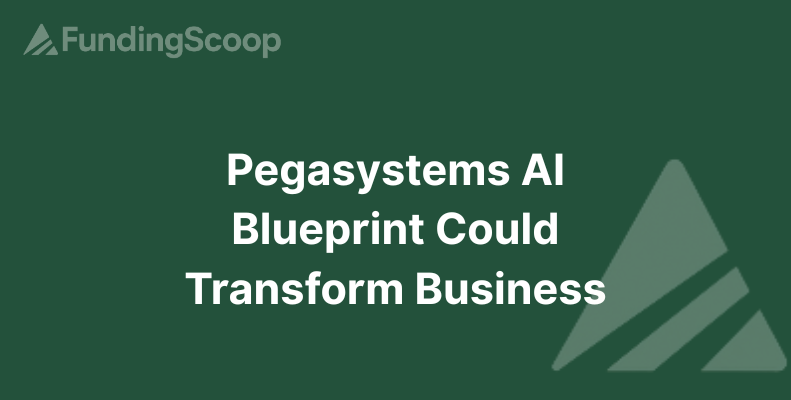
Pegasystems AI Blueprint Could Transform Business
Jonathan Pike
The Pega GenAI Blueprint from Pegasystems is revolutionizing enterprise software with AI-driven solutions that streamline workflows and enhance collaboration. By deeply integrating AI, it reduces development time and resources, offering businesses a competitive edge. While promising real-world benefits and customization, companies must strategically plan for AI adoption to maximize ROI and manage risks.
The enterprise software landscape is experiencing a seismic shift, driven by Pegasystems and its AI Blueprint. This innovation, known as the Pega GenAI Blueprint, is not just about leveraging AI; it's about redefining how businesses deploy their critical digital infrastructure. At a time when agility and responsiveness are paramount, Pegasystems offers a vision of streamlined workflows and enhanced collaborative design processes that promise to transform how enterprises operate.
The Promise of AI in Enterprise Software
Artificial intelligence has long promised to revolutionize business operations, but what Pegasystems is offering could mark a real turning point. Their approach integrates AI deeply into the workflow, reducing time from concept to execution. By enhancing the alignment across different teams and promoting a more adaptable software creation process, companies are expected to save time and resources while increasing their competitive edge in a rapidly changing market.
Organizations looking to adapt swiftly to market demands find Pegasystems' methods particularly appealing. The blueprint not only fosters innovation but also underlines the importance of collaboration across departments, ensuring that AI solutions are not siloed but integrated effectively across the enterprise spectrum.
Real-World Applications
One of the most exciting aspects of the Pega GenAI Blueprint is its potential to deliver real-world, tangible benefits. The AI Blueprint allows for a more nuanced approach to software development—expediting development cycles while maintaining a high degree of customizability. This is crucial for SMEs that need to adapt quickly without the luxury of large IT teams. For a comprehensive resource, see Pegasystems Blueprint. Also, read more on how AI transforms enterprise software.
My Take
Pegasystems' vision isn't without its challenges. As promising as AI integration is, businesses must assess the ROI and potential risks of adopting such sophisticated solutions. The emphasis should always be on practical applications rather than lofty promises. In my view, the Pega GenAI Blueprint offers a bold leap toward the future of enterprise software but requires strategic planning to harness its full potential. As we look to the future, the success of tools like these may well define competitive advantage in the business world.
While I couldn't find authoritative UK-based sources directly discussing Pegasystems' AI innovations in recent publications, the ongoing trends in AI-powered tools indicate a bright future. Embracing such changes will be vital for enterprises aiming to stay relevant in an era where technological agility is not just beneficial, but essential.


